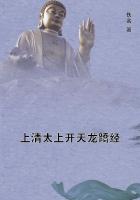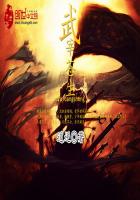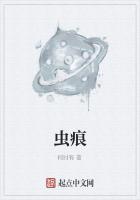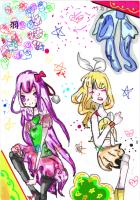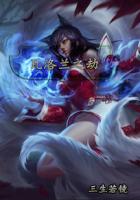The mirrors must be thought of as contiguous: each of them is too small to be visible, but their contiguity makes the whole made up of them all to seem one. The bright band is the sun, which is seen as a circle, appearing successively in each of the mirrors as a point indivisible to sense. The band of cloud next to it is black, its colour being intensified by contrast with the brightness of the halo. The halo is formed rather near the earth because that is calmer:
for where there is wind it is clear that no halo can maintain its position.
Haloes are commoner round the moon because the greater heat of the sun dissolves the condensations of the air more rapidly.
Haloes are formed round stars for the same reasons, but they are not prognostic in the same way because the condensation they imply is so insignificant as to be barren.
4
We have already stated that the rainbow is a reflection: we have now to explain what sort of reflection it is, to describe its various concomitants, and to assign their causes.
Sight is reflected from all smooth surfaces, such as are air and water among others. Air must be condensed if it is to act as a mirror, though it often gives a reflection even uncondensed when the sight is weak. Such was the case of a man whose sight was faint and indistinct. He always saw an image in front of him and facing him as he walked. This was because his sight was reflected back to him. Its morbid condition made it so weak and delicate that the air close by acted as a mirror, just as distant and condensed air normally does, and his sight could not push it back. So promontories in the sea 'loom' when there is a south-east wind, and everything seems bigger, and in a mist, too, things seem bigger: so, too, the sun and the stars seem bigger when rising and setting than on the meridian. But things are best reflected from water, and even in process of formation it is a better mirror than air, for each of the particles, the union of which constitutes a raindrop, is necessarily a better mirror than mist. Now it is obvious and has already been stated that a mirror of this kind renders the colour of an object only, but not its shape.
Hence it follows that when it is on the point of raining and the air in the clouds is in process of forming into raindrops but the rain is not yet actually there, if the sun is opposite, or any other object bright enough to make the cloud a mirror and cause the sight to be reflected to the object then the reflection must render the colour of the object without its shape. Since each of the mirrors is so small as to be invisible and what we see is the continuous magnitude made up of them all, the reflection necessarily gives us a continuous magnitude made up of one colour; each of the mirrors contributing the same colour to the whole. We may deduce that since these conditions are realizable there will be an appearance due to reflection whenever the sun and the cloud are related in the way described and we are between them. But these are just the conditions under which the rainbow appears. So it is clear that the rainbow is a reflection of sight to the sun.
So the rainbow always appears opposite the sun whereas the halo is round it. They are both reflections, but the rainbow is distinguished by the variety of its colours. The reflection in the one case is from water which is dark and from a distance; in the other from air which is nearer and lighter in colour. White light through a dark medium or on a dark surface (it makes no difference) looks red.
We know how red the flame of green wood is: this is because so much smoke is mixed with the bright white firelight: so, too, the sun appears red through smoke and mist. That is why in the rainbow reflection the outer circumference is red (the reflection being from small particles of water), but not in the case of the halo. The other colours shall be explained later. Again, a condensation of this kind cannot persist in the neighbourhood of the sun: it must either turn to rain or be dissolved, but opposite to the sun there is an interval during which the water is formed. If there were not this distinction haloes would be coloured like the rainbow. Actually no complete or circular halo presents this colour, only small and fragmentary appearances called 'rods'. But if a haze due to water or any other dark substance formed there we should have had, as we maintain, a complete rainbow like that which we do find lamps. Arainbow appears round these in winter, generally with southerly winds.
Persons whose eyes are moist see it most clearly because their sight is weak and easily reflected. It is due to the moistness of the air and the soot which the flame gives off and which mixes with the air and makes it a mirror, and to the blackness which that mirror derives from the smoky nature of the soot. The light of the lamp appears as a circle which is not white but purple. It shows the colours of the rainbow; but because the sight that is reflected is too weak and the mirror too dark, red is absent. The rainbow that is seen when oars are raised out of the sea involves the same relative positions as that in the sky, but its colour is more like that round the lamps, being purple rather than red. The reflection is from very small particles continuous with one another, and in this case the particles are fully formed water. We get a rainbow, too, if a man sprinkles fine drops in a room turned to the sun so that the sun is shining in part of the room and throwing a shadow in the rest. Then if one man sprinkles in the room, another, standing outside, sees a rainbow where the sun's rays cease and make the shadow. Its nature and colour is like that from the oars and its cause is the same, for the sprinkling hand corresponds to the oar.
That the colours of the rainbow are those we described and how the other colours come to appear in it will be clear from the following considerations. We must recognize, as we have said, and lay down:

